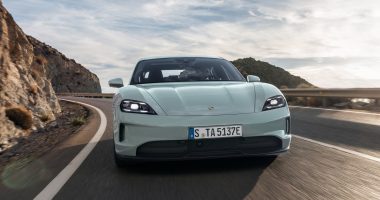
Last week NASA announced four finalists for its budget-friendly series of Discovery class missions. The first is called VERITAS (stand for Venus Emissivity, Radio Science, InSAR, Topography, and Spectroscopy), which would orbit Venus and map the surface of this hot world. Another possible Venus mission called DAVINCI+ (Deep Atmospheric Venus Investigation of Noble gases, Chemistry, and Imaging Plus) would drop a sphere-shaped spacecraft down through the atmosphere of Venus to the surface. A possible mission to Jupiter’s moon Io, called IVO, would swoop in to study the surface and its many active volcanoes up close. And, finally, a mission called TRIDENT would travel to Neptune’s moon Triton, an icy place with a possible subsurface ocean; plumes of water even spew out from its surface into space.
In honor of these last two potential missions, we’ll focus this week on Io and Triton. Both of these moons have been observed obliquely during flybys conducted as part of other missions (Voyager 2 took a peep at Triton in 1989) but this is the first time they’d get probes devoted to them. For the next year or so each mission team will develop their proposals before moving onto the next round. Get ready for delayed gratification though: It doesn’t take too long to get to Venus, but it takes about seven years to get to Jupiter, and if TRIDENT is selected a spacecraft wouldn’t get to Neptune and Triton until 2038.
Adjust your orbit over here for more space photos.
More Great WIRED Stories









